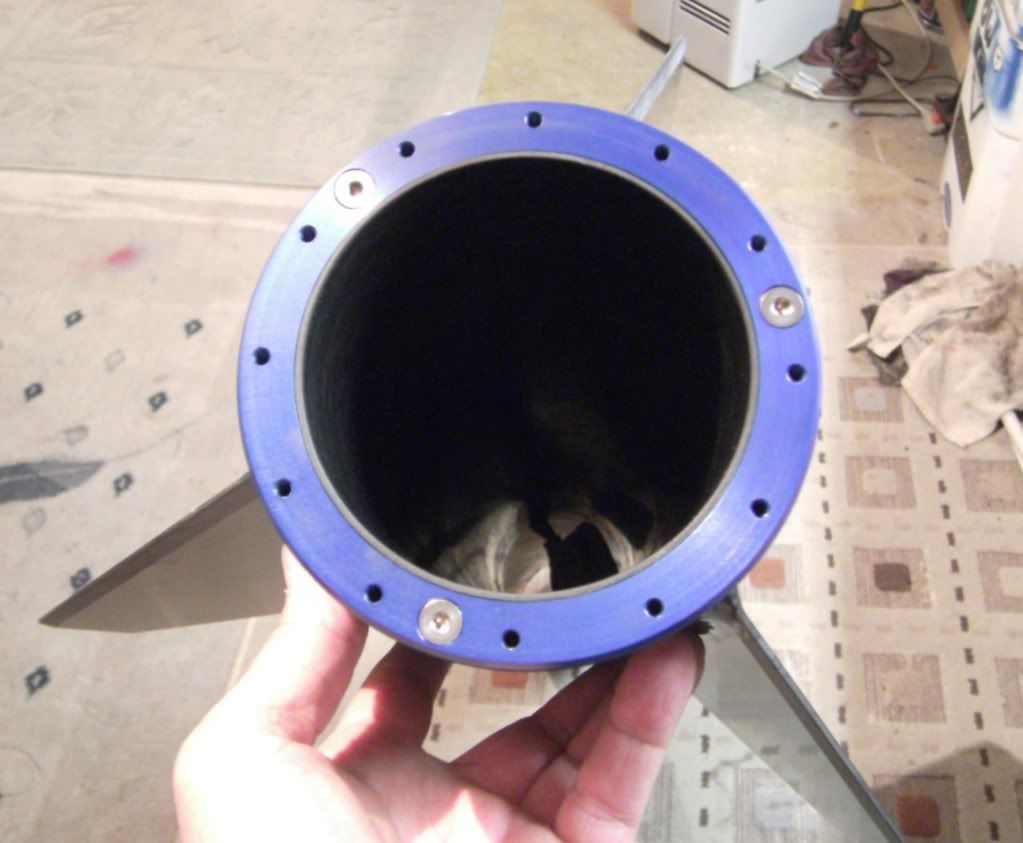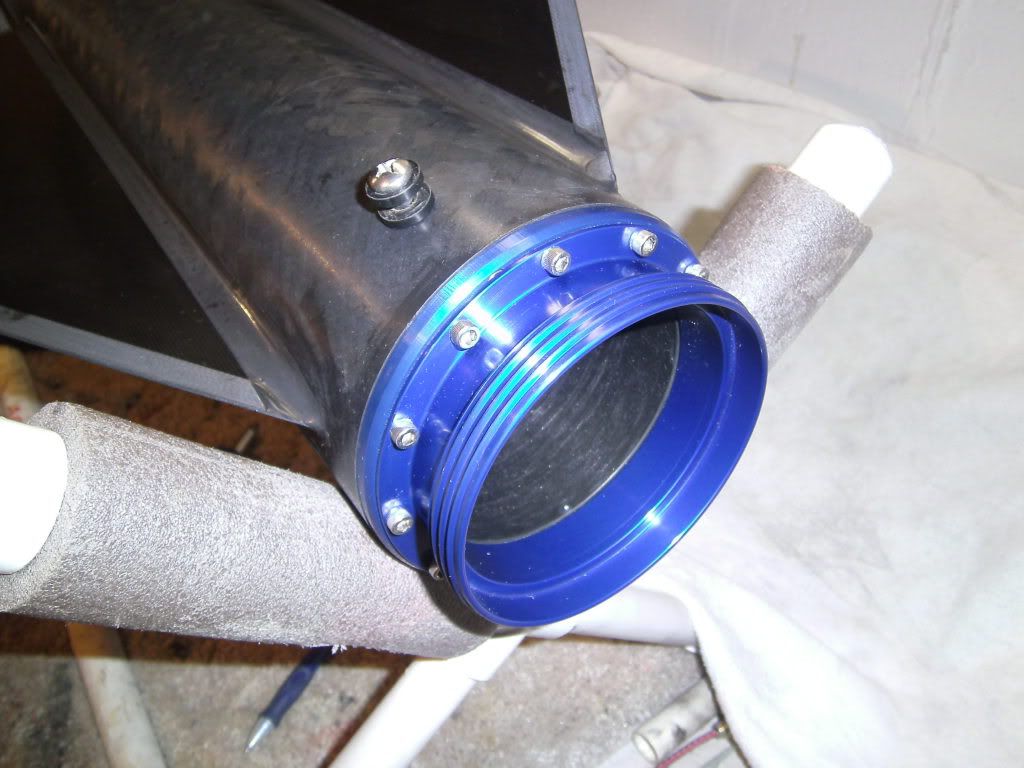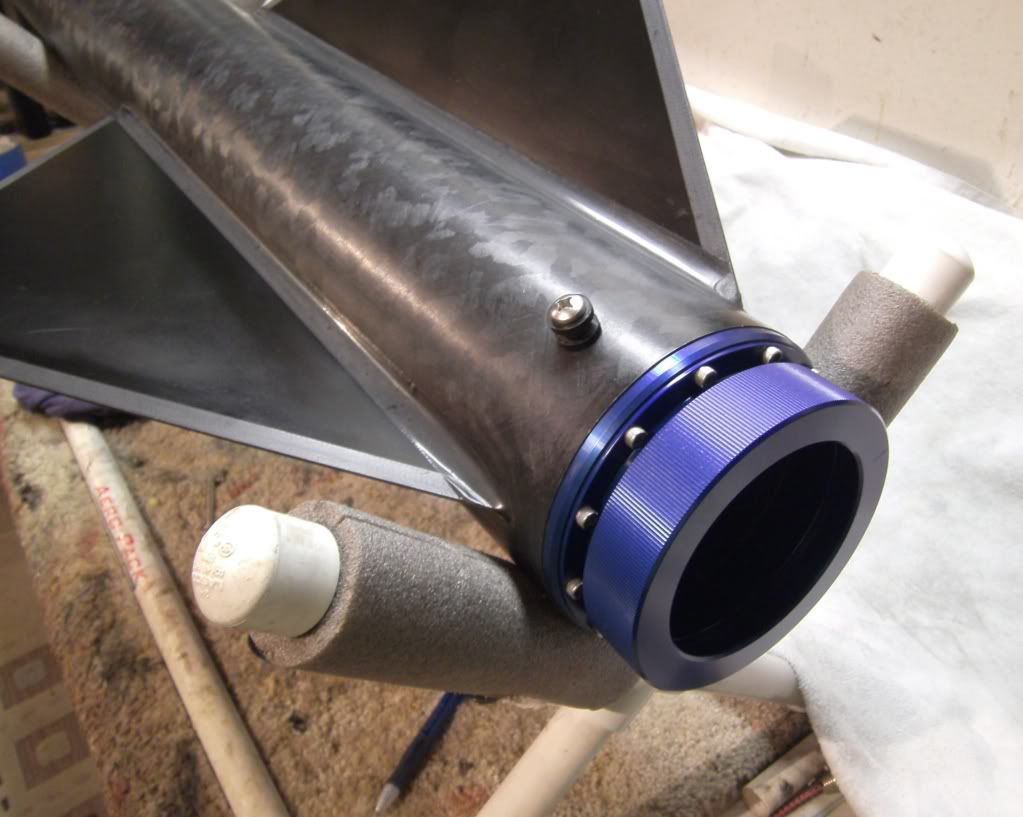- Joined
- Jul 23, 2012
- Messages
- 1,899
- Reaction score
- 873
These look interesting, anybody got a comment or two?
I wonder especially about this statement on their web page: "eliminates shear loaded joints, and these can be removed and replaced to reconfigure your motor arrangement". Well, OK... but what does that mean? I'm struggling to imagine a fundamentally different way to assemble a motor tube, fins, and some centering rings. This sort of implies a different, alternative way exists? Can someone elaborate on this?
I'm all for buying one just because it looks cool. And I can see how it can couple most of the push to the entire circumference of the BT. It's the rest of the description that has me scratching my head.
(no surprise; I'm basically still in a turkey induced coma :smile: )
I wonder especially about this statement on their web page: "eliminates shear loaded joints, and these can be removed and replaced to reconfigure your motor arrangement". Well, OK... but what does that mean? I'm struggling to imagine a fundamentally different way to assemble a motor tube, fins, and some centering rings. This sort of implies a different, alternative way exists? Can someone elaborate on this?
I'm all for buying one just because it looks cool. And I can see how it can couple most of the push to the entire circumference of the BT. It's the rest of the description that has me scratching my head.
(no surprise; I'm basically still in a turkey induced coma :smile: )






